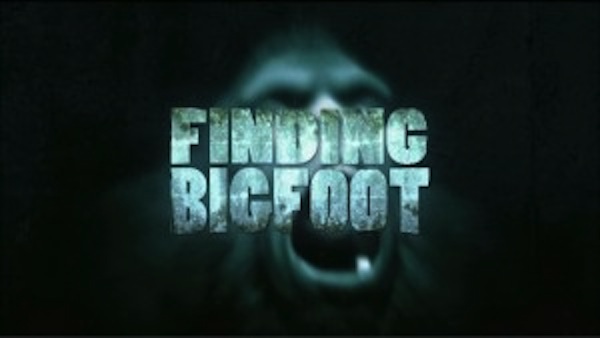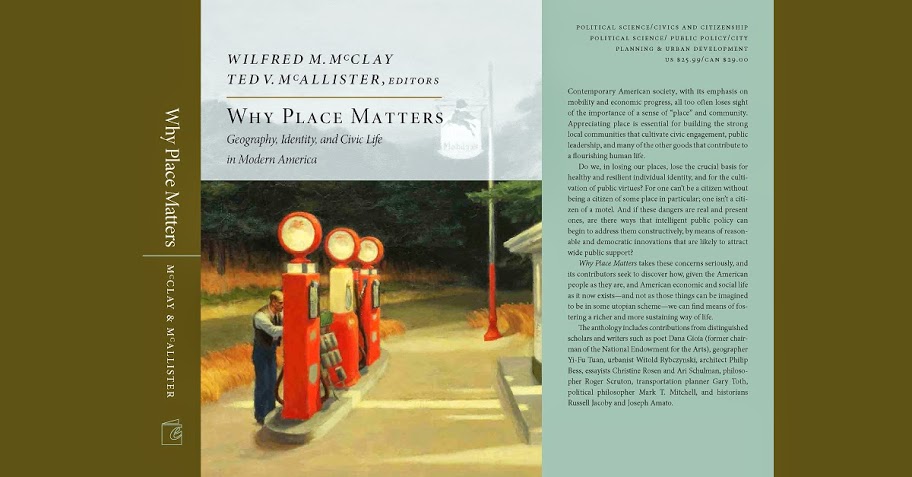Sunday was the season two finale of Animal Planet’s hit series “Finding Bigfoot.” I watched it, and then felt bad about myself. Not because I dislike the show—I actually love it. The problem is that I hate the reasons why I love it.
The show’s premise is simple. Four people travel from place to place trying to find Bigfoot. Three of them—Matt, Cliff, and Bobo—are hardcore Bigfoot believers. Matt and Cliff interview most of the witnesses and examine the evidence, while Bobo uses his large size and hairiness to recreate Bigfoot sightings (which may be the best part of the show). The fourth host, Ranae, is the purported skeptic.
In each episode, the team travels to a random place—everywhere from Australia to Florida to Washington—because some YouTube video shows a grainy blob which might be Bigfoot. They interview the people who filmed the video—often snickering teens—and conclude the film has possibly captured Bigfoot. To get further evidence, they hold a town hall meeting so all the crusty eccentrics can share their harrowing tales of meeting a hairy monster that one time in ‘78. The climax is the team’s night expedition in the wilderness. They point their thermal cameras at things and speculate that thumps in the bushes are Bigfoots trying to communicate with them. As the episode closes, they talk about how they almost found Bigfoot, and resolve to press on in their search.
I spend most of the show laughing and rolling my eyes, gleefully pointing out their lapses in logic. Like how the team blindly relies on unreliable eyewitness testimony. Or how they assume that every ambiguous piece of evidence is actually positive evidence in favor of Bigfoot. Or how they claim that a group of eight-foot tall primates can live undetected in the woods of Rhode Island. They’re all easy targets for my cynicism.
But now it’s confession time—I love Bigfoot. When I was elementary school, I devoured every book on the subject my library had. In middle school, I became convinced that a Bigfoot was living behind my shed (further investigation revealed it to be an old tire). Even now, I’m familiar with all the leading research, and know more about the Patterson-Gimlin film than anybody should. Even though I don’t actually believe Bigfoot exists, I desperately want him to.
If I like Bigfoot so much, then I should be able to enjoy the show honestly. I should wish the team well on their quest even if it is quixotic, sifting out the crazy stuff to focus on the information that’s genuinely interesting. Instead, I have to wrap my enjoyment in layers of irony so that I can telegraph my sense of utter superiority to the show.
Cynical detachment and irony are, of course, one of the hallmarks of our generation. Genuinely liking something is risky often leads to rejection, mockery, and disillusionment. Liking something ironically is not risky, and often our embrace of irony stems from our insecurity about something we’re too afraid to admit we actually like. Some people express their insecurity in benign ways, only watching the “right” movies or listening to the “right” books. Others express it more dramatically, by refusing to give themselves to any relationship, or keeping religion at arm’s length. I express my insecurity through Bigfoot.
Pop-psychology teaches that the first step in recovery is admitting that you have a problem. I now realize that I have been watching “Finding Bigfoot” in an unhealthy way, and I would like to change it. Fortunately, I should have lots of practice. “Finding Bigfoot” has already been picked up for seasons three and four.













